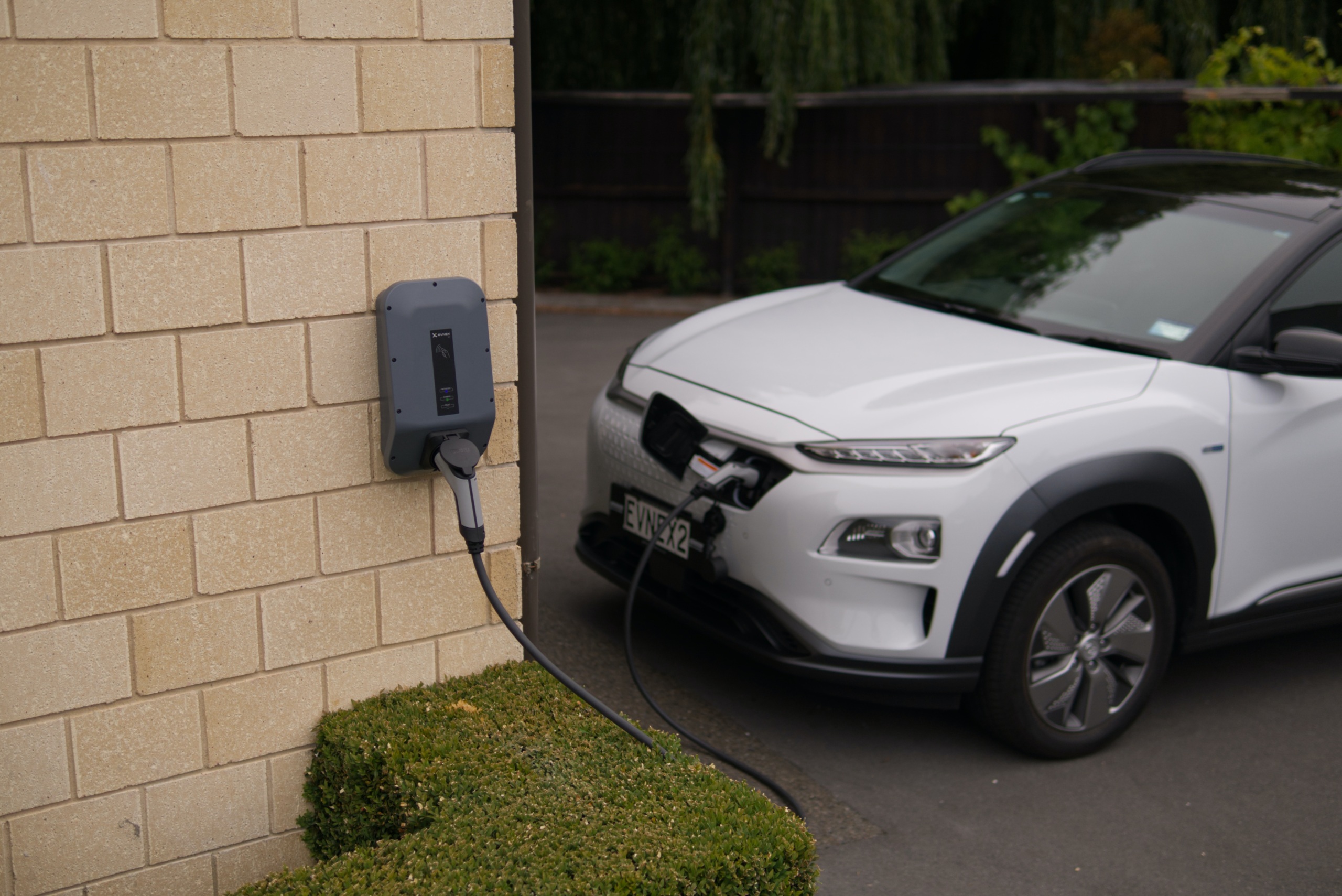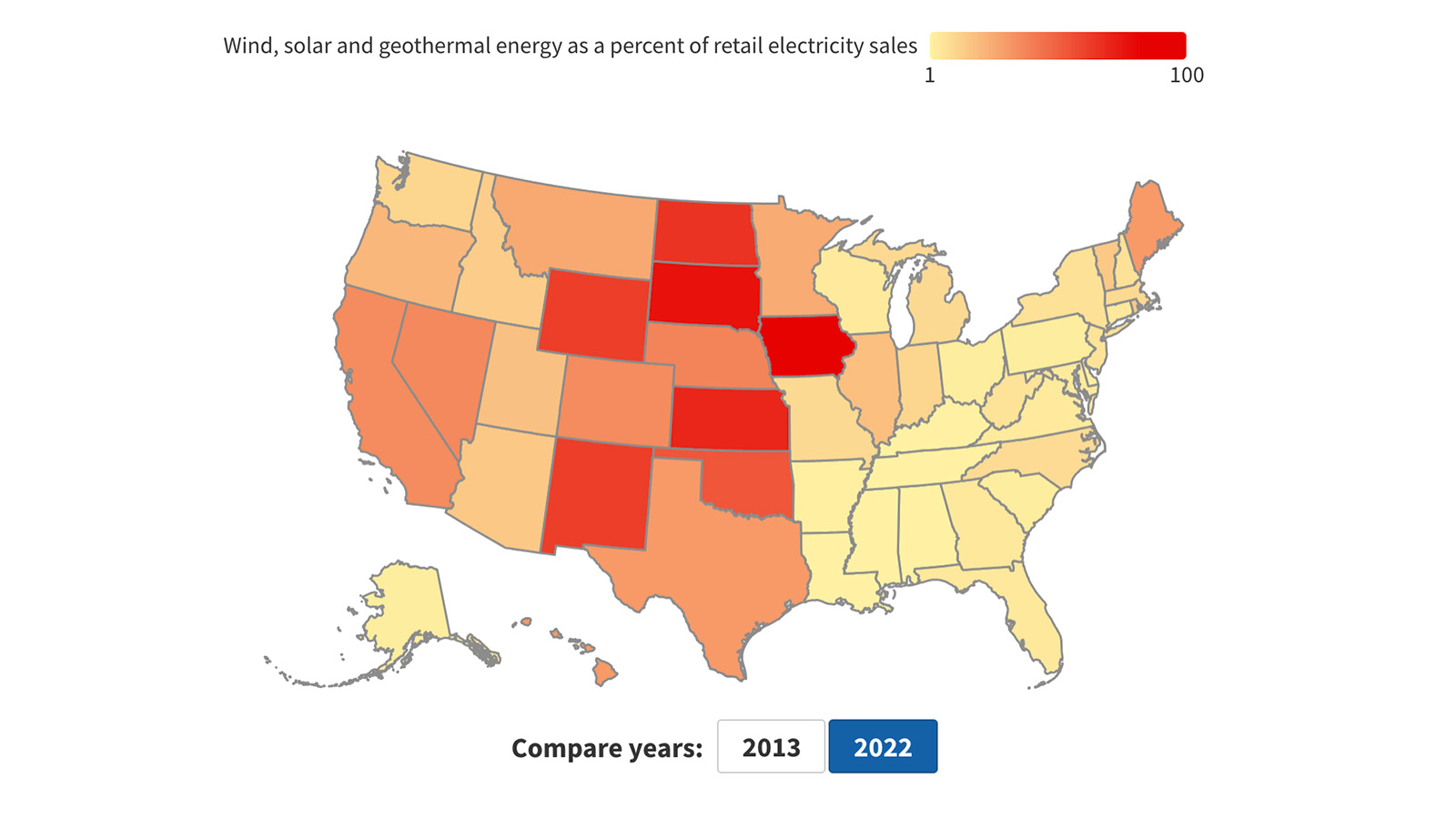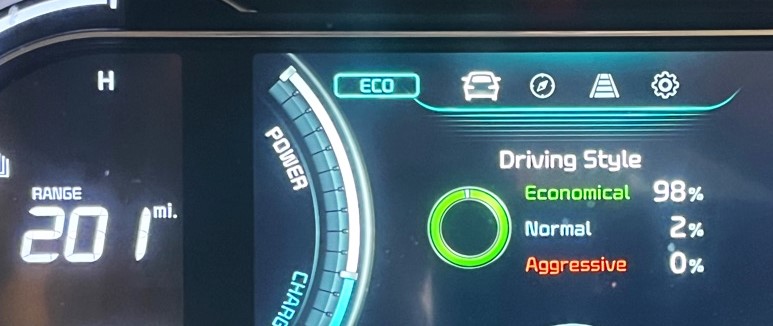
50 Steps Toward Carbon-Free Transportation
Rethinking U.S. Transportation Policy to Fight Global Warming
America’s transportation system has emerged as Climate Enemy #1, with cars, trucks and other vehicles now representing the nation’s largest source of carbon pollution, and America producing more transportation carbon pollution per capita than any other major industrialized nation.

America and the world must reduce emissions of greenhouse gases immediately and dramatically if we are to prevent the worst impacts of global warming. If the world is to meet the promises of the Paris Climate Agreement, and limit global warming to no more than 2°C, the United States will have to virtually eliminate carbon pollution by mid-century.
America’s transportation system has emerged as Climate Enemy #1, with cars, trucks and other vehicles now representing the nation’s largest source of carbon pollution, and America producing more transportation carbon pollution per capita than any other major industrialized nation.
There is hope, however. New technologies and emerging social trends, from the resurgence of interest in walkable neighborhoods to advances in electric vehicles – create new opportunities to move the nation toward a zero-carbon transportation system, and to do it in ways that improve our health and well-being and support a vibrant economy.
To get there, America must reimagine our transportation policies and empower cities and states to implement effective solutions.
Current federal and state transportation policies in the United States often set us back in the fight against global warming. To move toward a carbon-free transportation system, America must adopt a bold new vision for transportation policy – with 50 common-sense policy reforms helping to chart a new way forward.
FACT SHEET: 50 Stepts Toward Carbon-Free Transportation
FACT SHEET: Rethinking U.S. Transportation Policy to Fight Global Warming
Topics
Find Out More


Environment California Program Agenda 2024

Renewables On The Rise Dashboard


